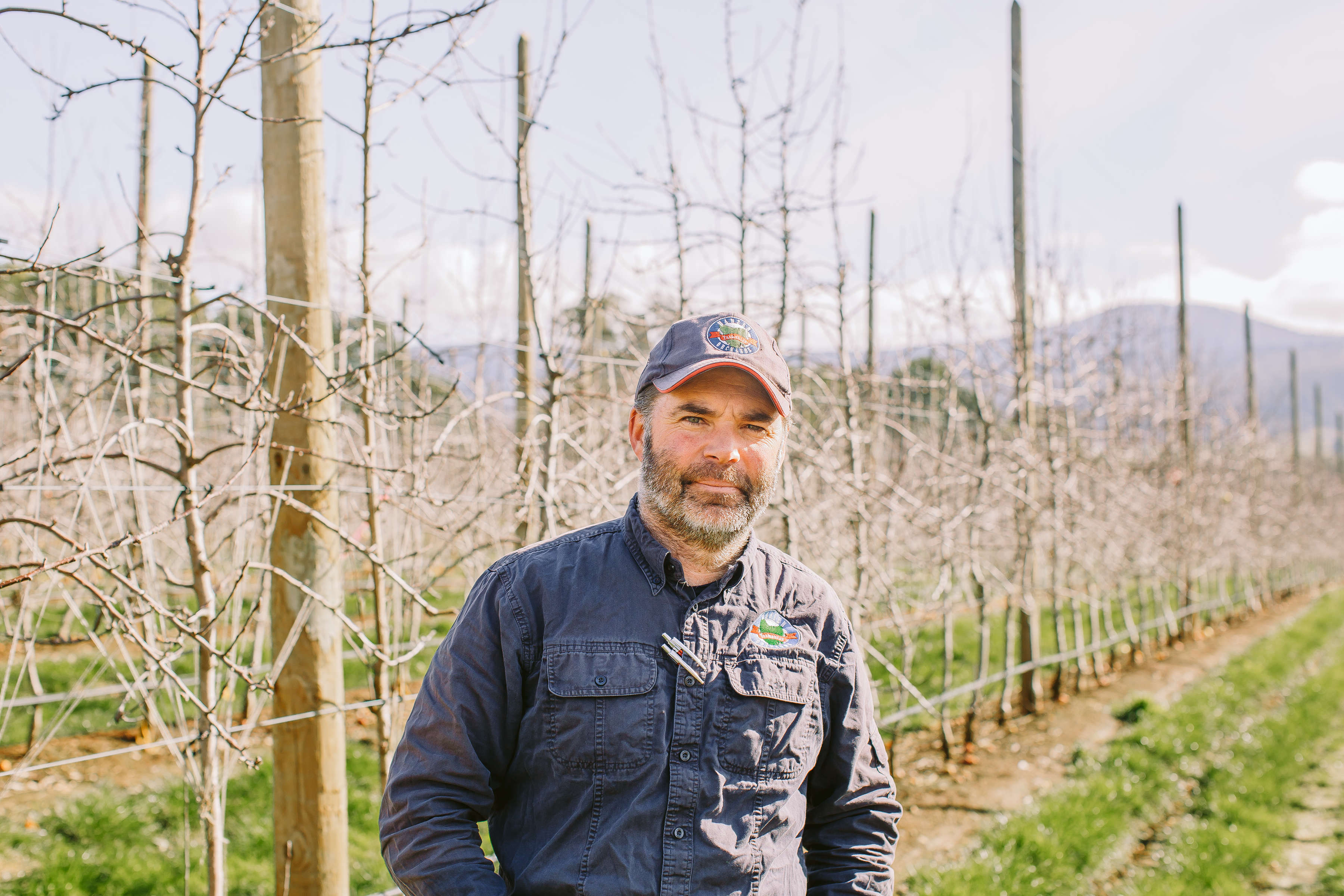
Staying ahead of the curve: the Howard Hansen approach
Read more
Tasmanian grown produce offers a fresh, vibrant taste experience. Here, flavour lasts.
Being a remote island surrounded by water and aided by a robust biosecurity system, Tasmania remains relatively free from many plant-related pests and diseases. This freedom means our produce can be exported with minimal, if any, phytosanitary treatment.
Tasmania has a temperate maritime climate, cooled by prevailing westerlies off southern oceans, providing mild conditions that are generally free from extremes in temperature. This together with long daylight hours during the summer months, allows slower ripening, enhanced flavour and longer shelf life.
The rich fertile soils and consistent rainfall, harnessed through a network of natural river catchments and irrigation schemes, ensures that plant growth is optimised.
Tasmania has a relatively late growing season that complements the availability of fresh produce grown in other Australian regions and offers a counter seasonal supply to northern hemisphere markets.
Tasmania has a moratorium on the production of crops which use genetically modified gene technology, giving consumers a higher level of comfort about the providence and nature of food produced here.
Tasmania has regular sea and air freight services. Our farms are located within close proximity to local ports and airports providing access to domestic and international distribution channels. Airfreighted fresh produce can arrive in market within 48–72 hours of dispatch.
Tasmania is the most southern state of Australia. Located between 40 and 43 degrees latitude, it has a land mass of 68,000 square kilometres. Its topography is mountainous, with deep valleys and fast flowing rivers surrounded by native vegetation. The main agricultural growing regions are bordered by World Heritage Area.
Tasmania’s north includes Furneaux Group of Islands. The region is generally drier than other parts of the State. Horticultural produce and livestock grow well in the flat lands of the valleys protected by the mountain ranges of Mount Arthur, Mount Barrow and Ben Lomond and is well served by rivers including the Tamar and North Esk.
Tasmania’s north west region, which includes King Island, has rich fertile soils and plentiful rainfall. It is ideal for vegetable growing, livestock and dairying. The central north west is home to Cradle Mountain and further to the west is unique temperate rainforest. A number of river systems that run through this area including the Pieman, Arthur and Mersey.
Tasmania’s south is cool and wet. Tasmania’s World Heritage Area makes up a large part of Tasmania’s far south west where the landscape is rugged and wild. In the south east, conditions are milder, protected from the westerly weather. Here the river valleys are cultivated to support fruit and vegetable growing. Major river systems include the Huon and Derwent.
Read more about our place in the world.
‘Cherries from Tasmania are so much better, bigger, sweeter, so much tastier… it makes me wonder what else is good from there.’

Read more
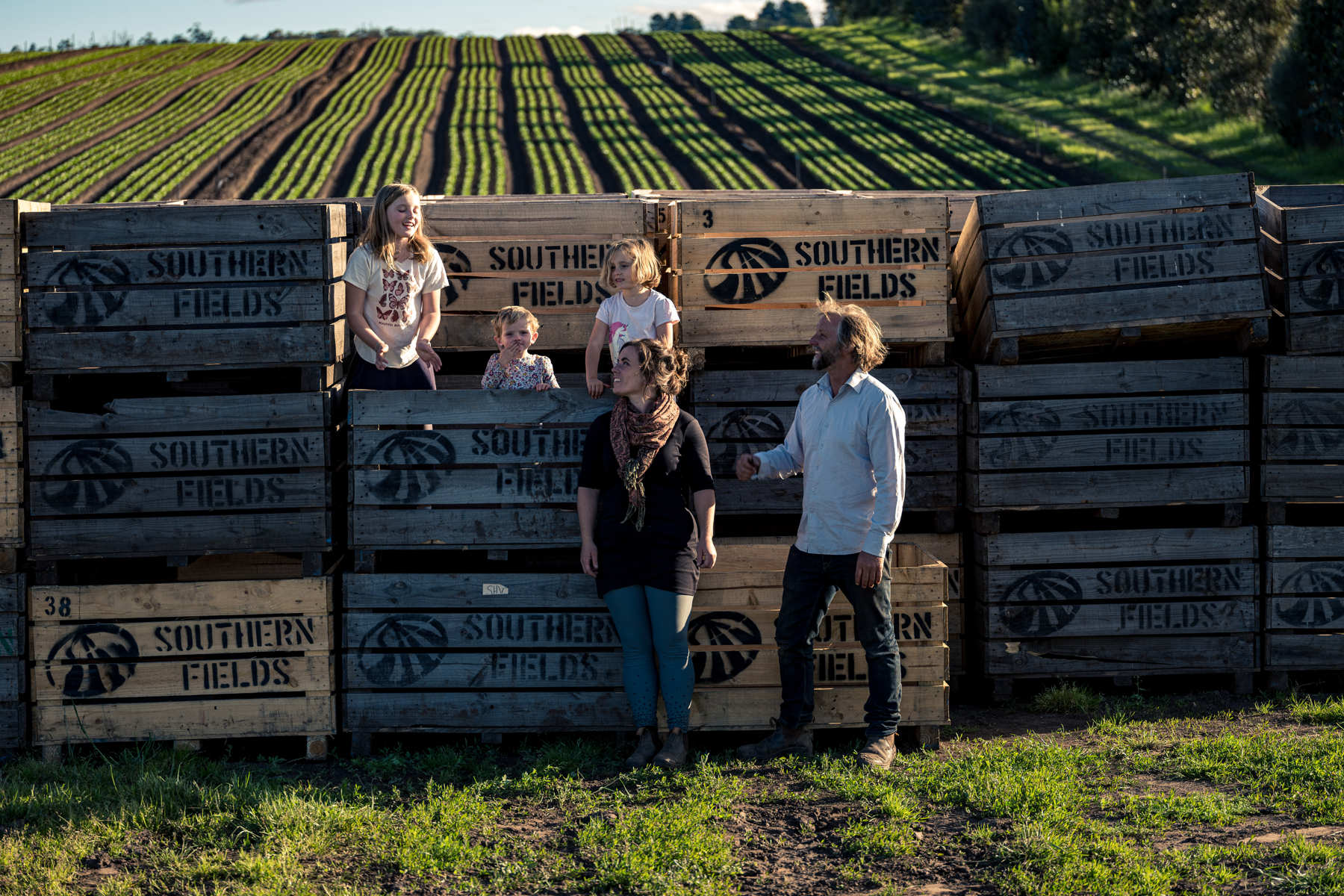
Read more

Read more

Read more
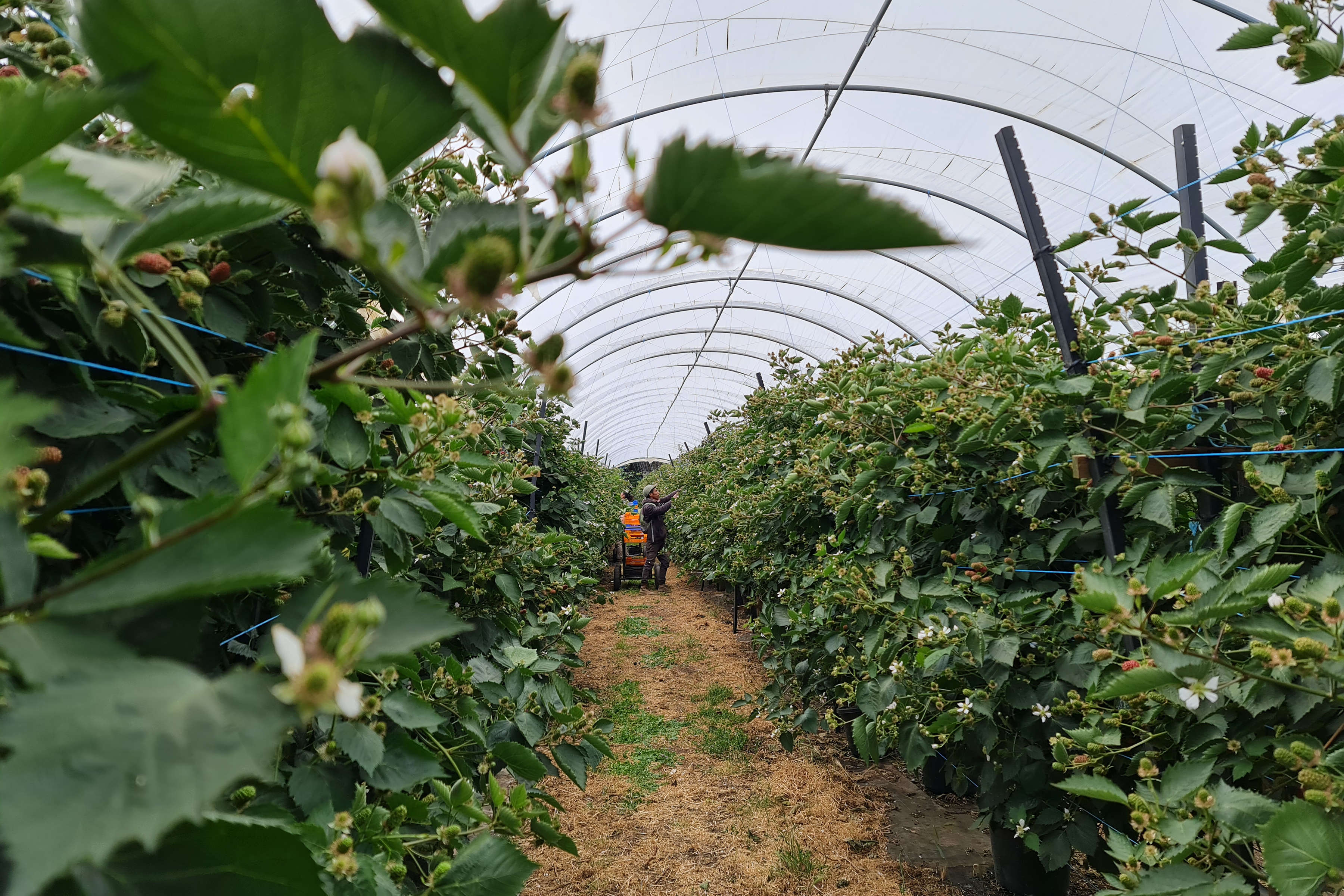
Read more
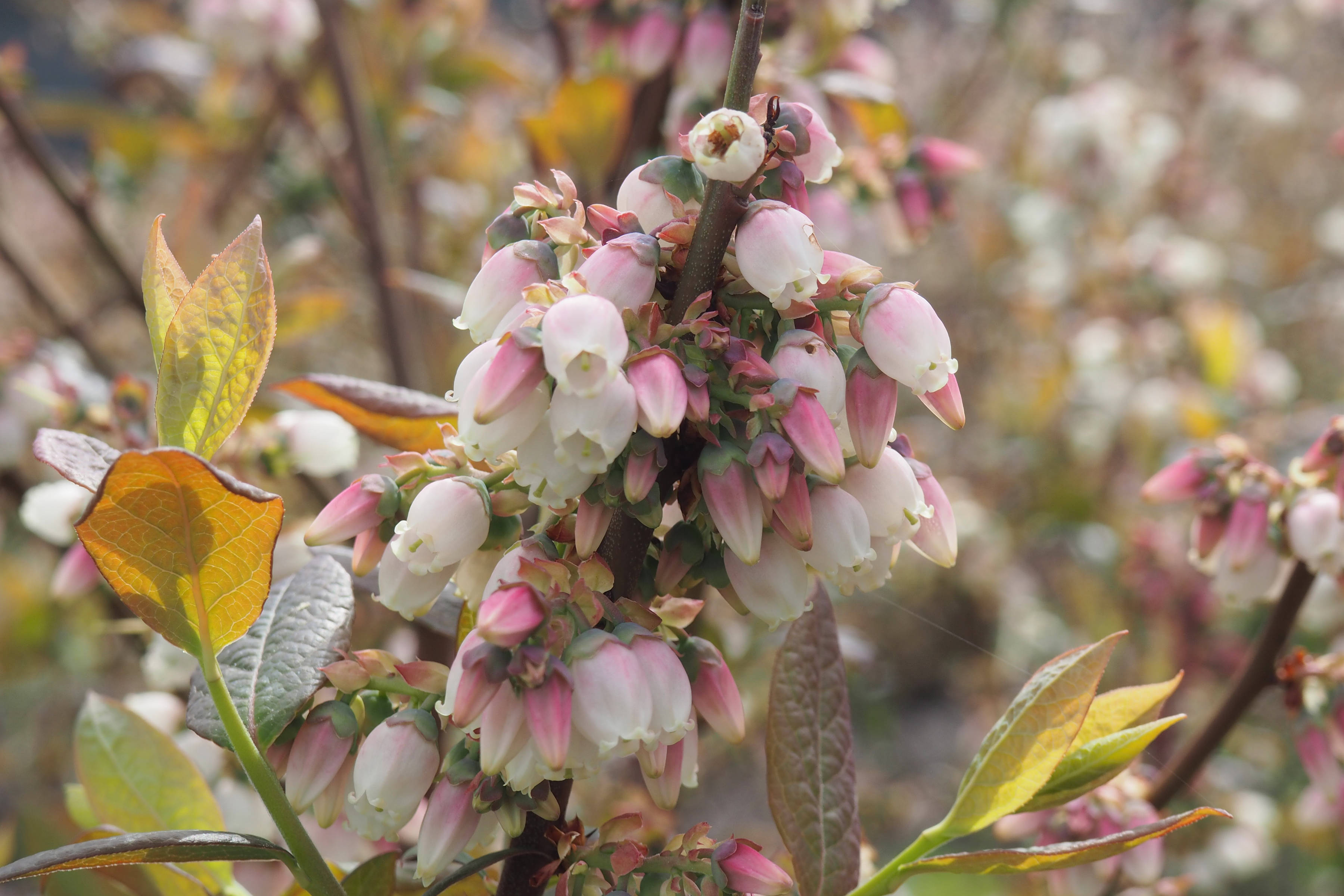
Read more
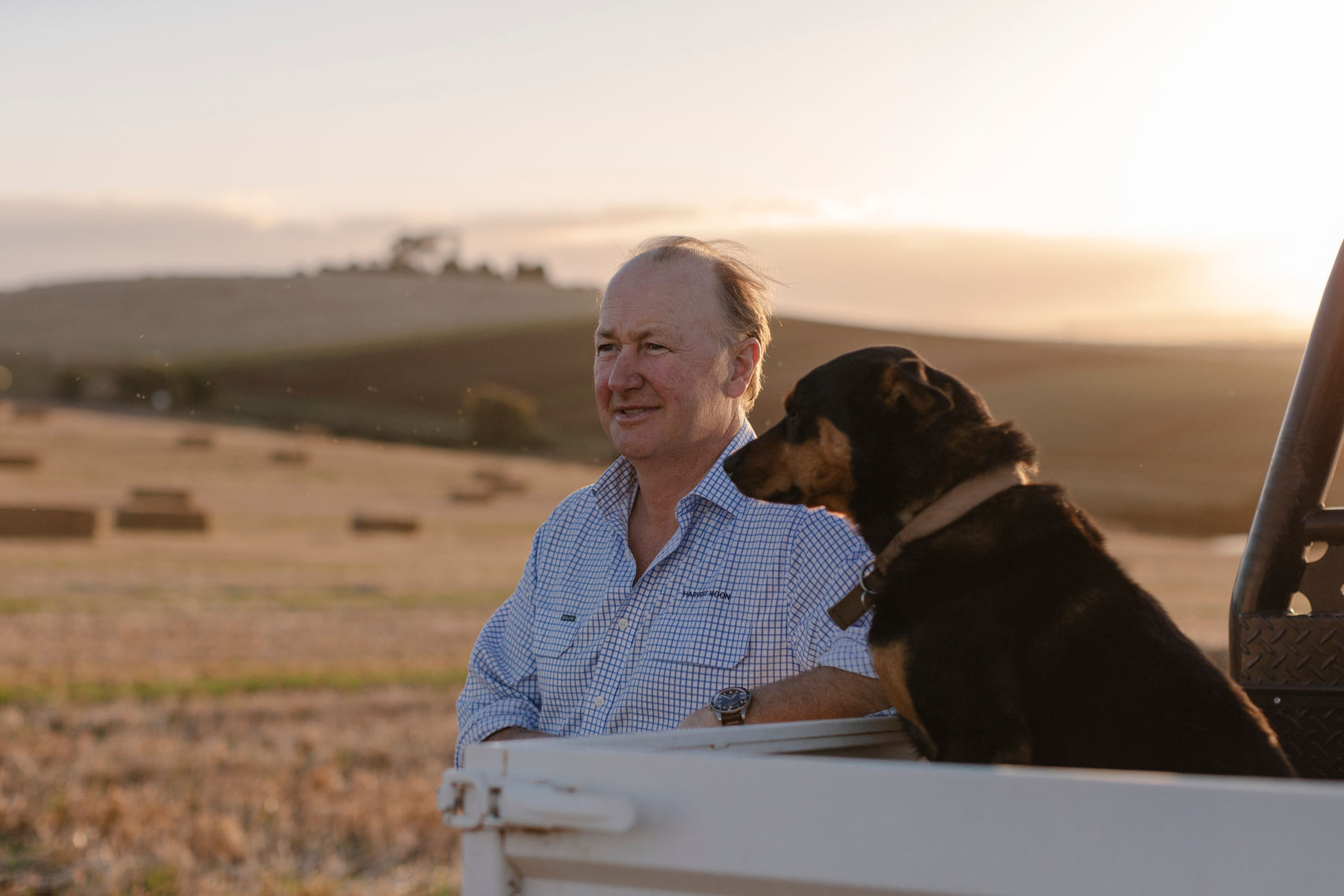
Read more
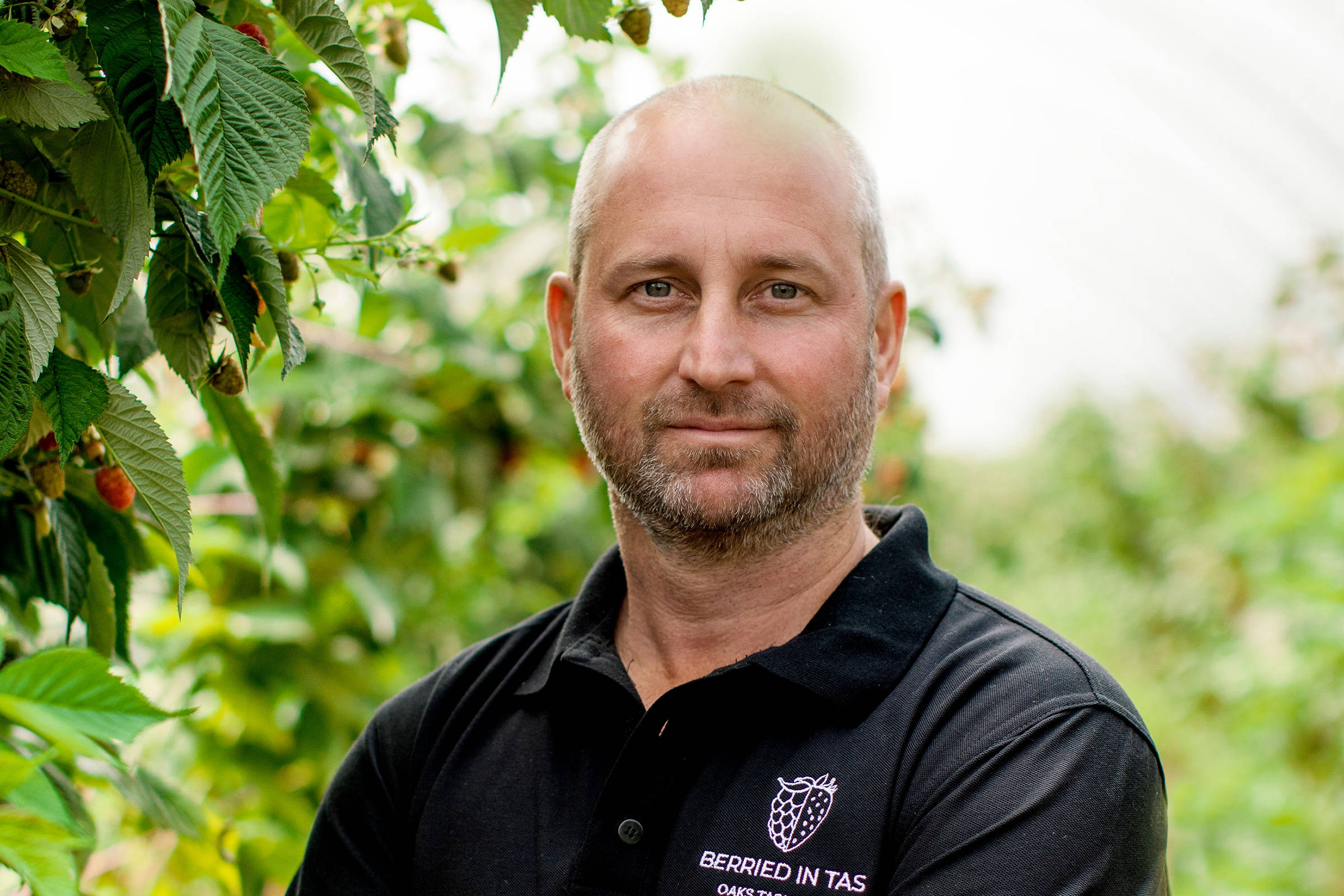
Read more
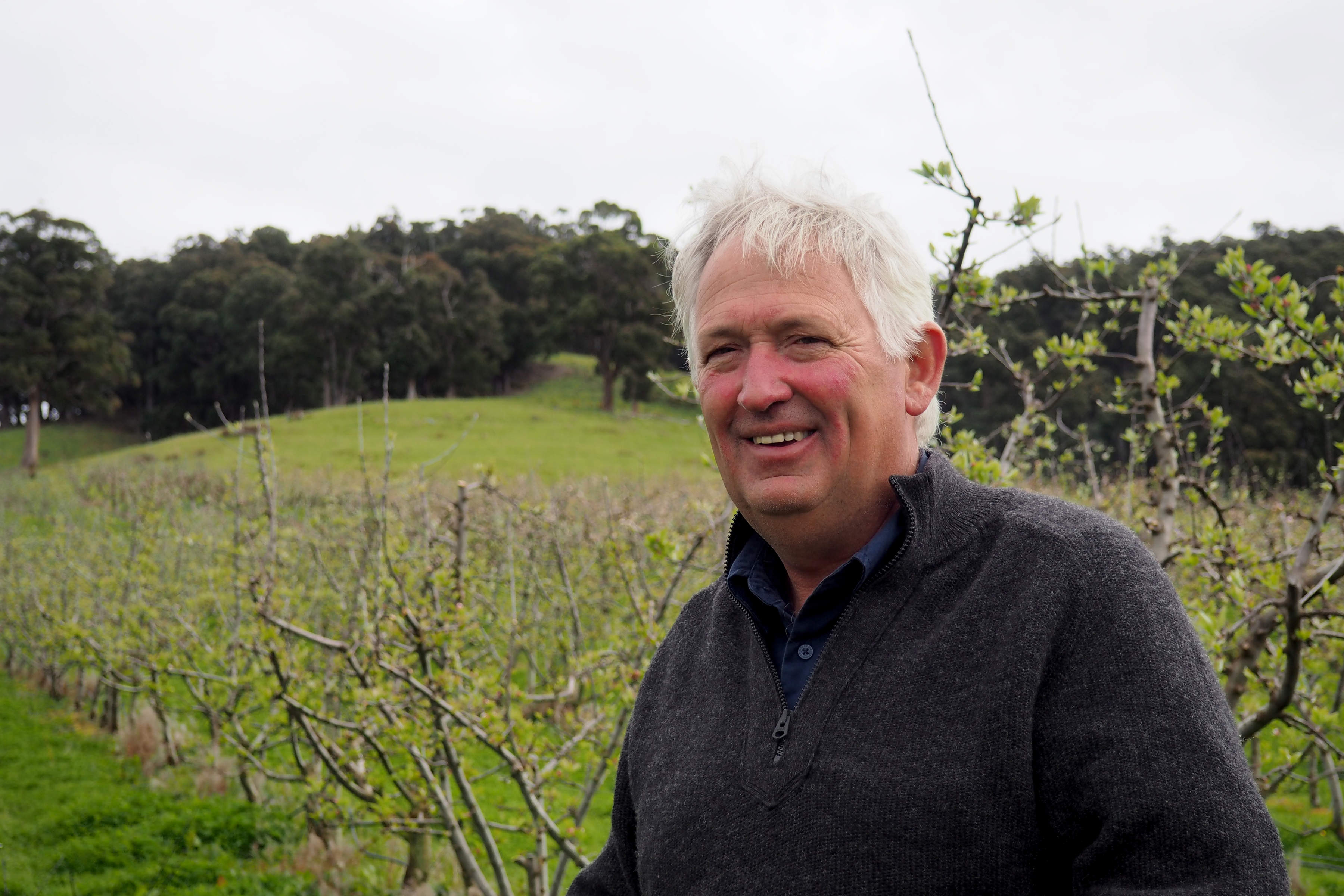
Read more
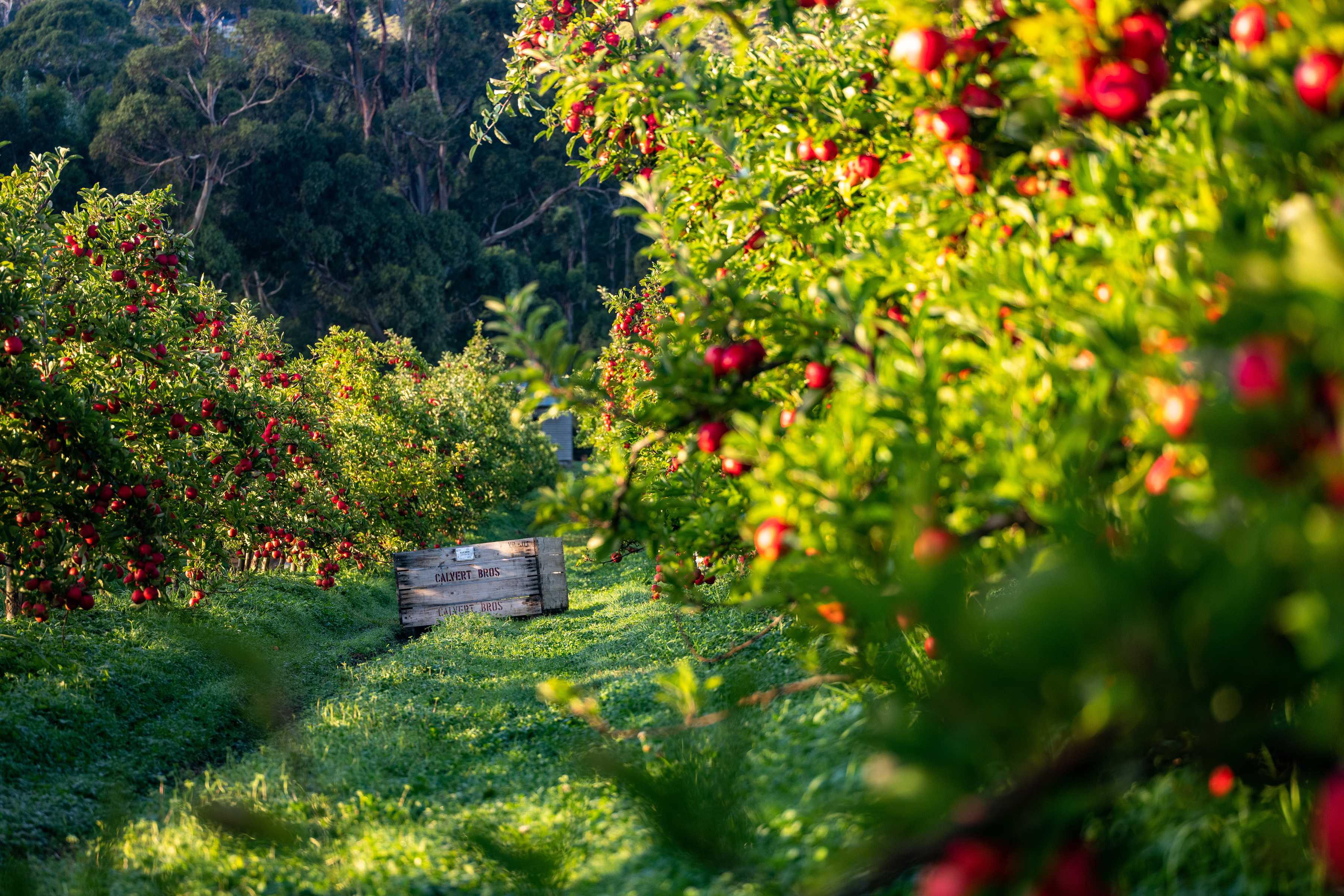
Rain washes in from southern oceans and the air that has travelled across 10,000 km of sea is some of the cleanest in the world.
Read more about our place in the world.
Submit your interest and we will share your details with Tasmanian growers.